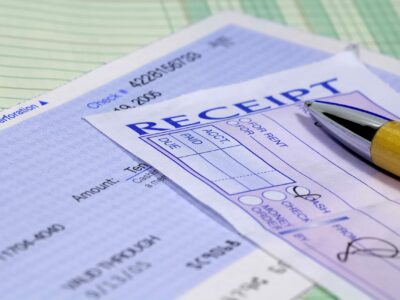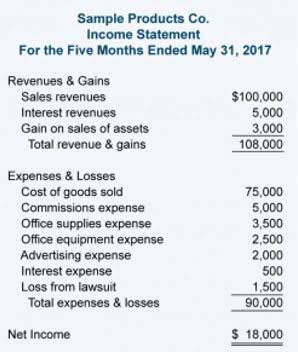What Is General Ledger Reconciliation: Types, Best Practices and Importance Order to Cash Knowledge Center

Coding a transaction for AR instead of AP is an easy recipe for a reconciliation mess – you’ve allocated money owed to money earned! These kinds of errors not only throw off account balances but also require adjusting entries to be made across multiple accounts in the GL. Discrepancies in accounting are like seeds for future disappointment & frustration – if you don’t stop them at the root, they will grow into massive headaches down the road.
- After the leadsheet, include an export from the accounting system showing the book balance as of the end of the period.
- The system is able to combine all your data, cleanse it to remove any duplicates, and then gets to transaction matching between data sources.
- This is particularly helpful if you have a high volume of transactions from multiple payment providers and need to match them to bank statements.
- By adhering to recommended practices and embracing the power of technology, businesses can achieve accurate bookkeeping and make informed financial decisions, increasing their overall financial health.
Gain Better Visibility and Control
With accurate and current financial information at their disposal, business leaders can make more payroll informed and practical decisions, steering their companies toward greater success. Elisabeth Azzarello is a marketing and business operations professional with five years of experience in various roles within B2B. Discover the benefits of a fully automated reconciliation solution with our comprehensive eBook — Your Complete Guide To A Better Cash & Credit Card Reconciliation Process.
- The process compares the general ledger’s account balances against corresponding documentation, which includes bank statements, invoices, receipts and other financial records.
- They ensure every transaction is correctly recorded and aligned with corresponding documentation, such as bank statements and vendor records.
- Back when general ledgers were only maintained by hand, they were drawn like a T, known as a T-account, so it was easy to see how each transaction zeroed each other out.
- Maintain organized records of all supporting documentation, including invoices, bank statements, and journal entries.
- The main procedural advantage is that reconciliation bills are limited to 20 hours of debate and not subject to filibuster; therefore, reconciliation bills can move forward and pass with a simple majority vote.
Step 7: Review and Approve
Performing regular general ledger reconciliations is crucial for maintaining the accuracy of financial general ledger reconciliation records. Following best practices around consistency, control accounts, documentation, and automation leads to better integrity across the accounting system. Properly reconciling GL and SLs is critical for ensuring the integrity and accuracy of a company’s financial data and reporting. Performing regular reconciliations according to best practices is key to strong financial controls.
Errors in Entries

Document every step of the reconciliation process, including the discrepancies identified, the investigations undertaken to find their causes, and the corrective actions taken. Record the outcomes of the reconciliation for each account, and prepare a summary report outlining the reconciliation process, findings, and resolutions. This documentation is crucial for future reference and for audit purposes, ensuring transparency and accountability in financial reporting. By leveraging such advanced tools, accountants and finance teams can enhance their efficiency, reduce errors, and focus more on strategic financial management. This not only improves the accuracy of financial reporting but also contributes to better overall financial health and decision-making within the organization.
Bank reconciliation
The general ledger, on the other hand, provides a record of all financial transactions over time. The balance sheet will provide a quick assessment of the financial health of a company whereas the GL is a compilation of multiple financial documents that provide detailed information. A general ledger, also referred to as a GL, is a type Accounting for Churches of record-keeping system that includes all of a company’s financial data and transactions, including revenue and expenses. A general ledger generates statements and reports and is key to understanding a company’s financial health. Establish a schedule for regular reconciliations, such as monthly, quarterly, or annually, depending on the volume and complexity of transactions.
